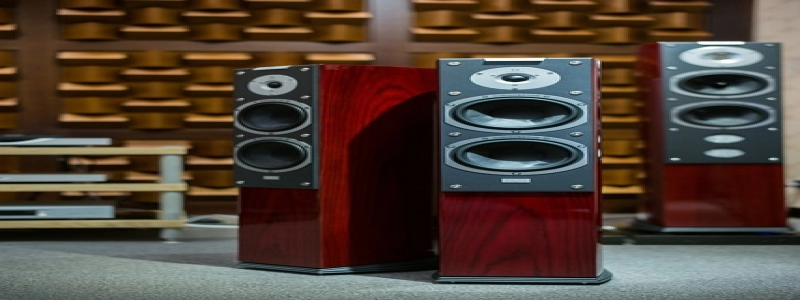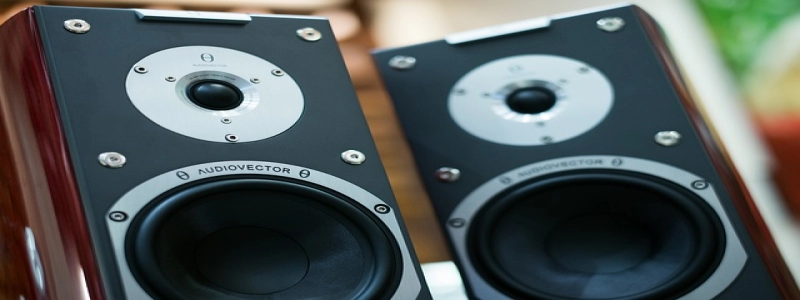What Are SFP Ports Used For?
Introduktion
In the world of networking, SFP ports play a crucial role in connecting different devices and ensuring seamless communication. SFP stands for Small Form-factor Pluggable, and these ports are commonly found in networking switches, routers, and other similar equipment. This article aims to explain the various uses of SFP ports and their significance in modern networking.
1. Interconnectivity
SFP ports are primarily used for interconnecting network devices. They allow for the transmission of data between networking equipment, such as switches and routers, over short to medium distances. These ports provide a flexible and modular solution for connecting devices, as they can support a wide range of optical and electrical transceivers.
2. Fiber Optic Connectivity
One of the key uses of SFP ports is to enable fiber optic connectivity. Fiber optic cables are capable of transmitting data at much higher speeds and over longer distances compared to traditional copper cables. SFP ports allow for the easy insertion of small form-factor pluggable transceivers that are specifically designed for fiber optic connections. This enables businesses to extend their networks over large areas or across multiple locations.
3. Copper Connectivity
While fiber optic connectivity is preferred for long-distance communication, SFP ports also support copper-based connections. By using appropriate copper SFP transceivers, these ports can establish connections using standard RJ-45 Ethernet cables. This versatility allows businesses to connect devices that are in close proximity using cost-effective copper cables.
4. Flexibility and Scalability
SFP ports offer flexibility and scalability in network deployments. Since SFP transceivers can be easily swapped or replaced, network administrators can adapt to changing network requirements quickly. For example, if the need arises to upgrade from copper to fiber optic connectivity, simply replacing the existing copper transceiver with a fiber optic one can achieve this upgrade without the hassle of rewiring the entire network.
5. Compatibility
SFP ports are designed to be compatible with a wide range of networking equipment. This compatibility enables network administrators to mix and match different types of SFP transceivers based on their specific needs, instead of being limited to a single type. This allows for greater flexibility and cost-efficiency in network design and implementation.
Konklusion
SFP ports are an essential component of modern networking infrastructure. They provide the necessary interconnectivity, flexibility, and scalability required for establishing efficient and reliable communication between network devices. Whether it’s fiber optic or copper connectivity, SFP ports offer a versatile solution that empowers businesses to adapt and expand their networks according to their evolving needs.







